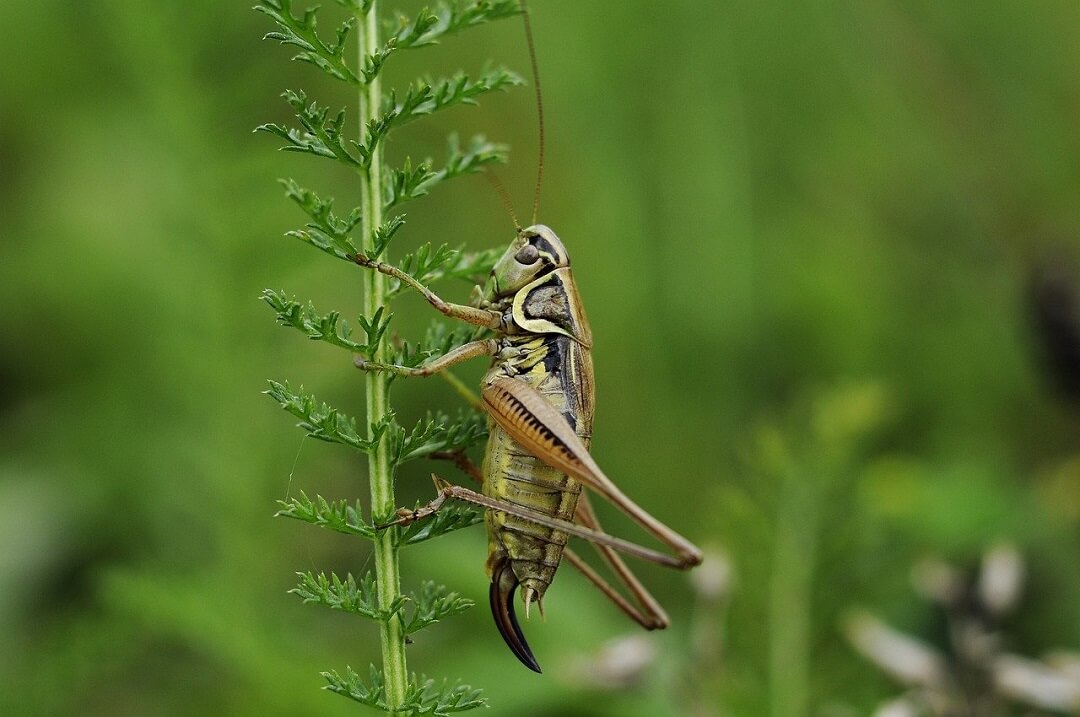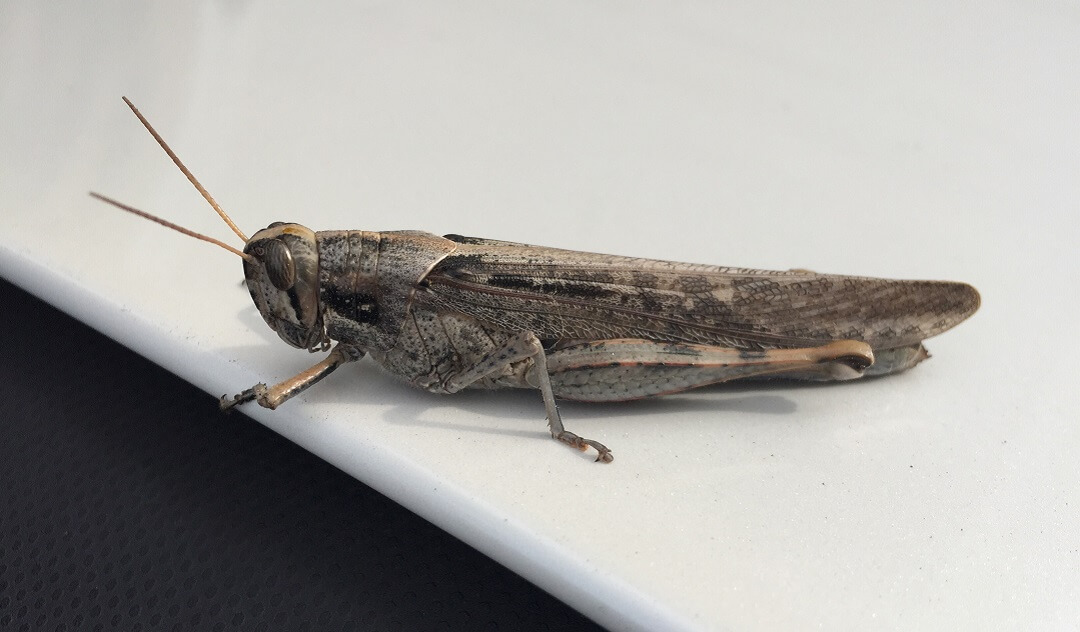While often considered a symbol of good luck, crickets in the home are not for everyone. Their incessant shipping sound, which is actually made by rubbing their wings together with their legs, is enough to frustrate any homeowner, especially when it is time to fall asleep. But why are there so many crickets in your house and what attracts them into your home? Here we take a closer look at this “lucky” pest, what attracts them into your home, how you can prevent their entry, and how you can send these pests packing.
Key takeaways
- Common types of crickets: house cricket, field cricket, and camel cricket.
- What attracts crickets in the house: search for shelter during bad weather or moisture during dry seasons, attracted to outdoor lights.
- Where do crickets hide inside the house: kitchen and bathroom cabinets, under appliances or in dark areas.
- Preventing crickets from entering your home: vacuum regularly, maintain yard, seal potential points of entry, reduce moisture, use diatomaceous earth or boric acid, and place insect glue traps.
- If cricket infestation persists, call pest control experts for thorough inspection and elimination.
Common types of crickets
There are over 900 different species of crickets around the world, but we will focus on some of the common crickets found in our area’s homes and yards.
House cricket
House crickets get their name from the fact that they often enter and make residence inside your home. During the warmer summer months, these crickets prefer to live outside but venture inside when they are looking for moisture. The house cricket is nocturnal and will hide in warm, dark places during the day and feed at night, often on fabric within your home, such as furniture or clothes. They are a light yellowish-brown in color with 3 distinct bands on their head. Adult house crickets can grow to be just under an inch in length.
Field cricket
Field crickets are most known for their destructive native when it comes to crops. While they prefer the outdoors and do not survive inside for long periods, like the house cricket, these crickets will feed on fabrics within your home. Field crickets are slightly larger than house crickets and are typically black or dark brown with very long antennae.
Camel cricket
The camel cricket gets its name for its distinct curve in its body that resembles a camel hump. Camel crickets look for cool, moist areas and can often be found near pipes and under A/C units. They tend to move inside when the temperatures become too hot and dry outside. They are about the same size as a field cricket and are light to dark brown.

What attracts crickets in the house?
Unlike many other pests that enter and take residence in your home, most crickets would much rather live outdoors. They often do not do well inside the home and, in most cases, will leave on their own in time. When they do enter your home, it is often in search of shelter during bad weather or moisture during dry seasons. These insects are small and can squeeze through the smallest of openings if they want to enter your home. They are often attracted to your home at night by the outdoor lights. Common points of entry can include spaces under doors, window frames, A/C lines, and pipes leading into the home.
Where do crickets hide inside the house?
Crickets prefer damp places, so they are often found hiding in kitchen and bathroom cabinets. You may also find them hiding under appliances or any other areas where they can find a dark place to hide. If you believe you have a cricket hiding in your home and have identified a general area where the sound is coming from, placing glue boards is often a good way to catch the lone intruder.
Keeping crickets from entering your home
While most crickets are not looking to call your home their permanent residence, if they do establish a population inside, they can quickly cause damage to fabrics throughout your home, so finding their hiding spaces and sealing potential points of entry is the key to keeping your home cricket-free. Other steps you can take to help get rid of crickets or keep them from entering your home in the first place include:
- Vacuum regularly
- Maintain your yard, eliminating places crickets may hide
- Seal all potential points of entry
- Reduce moisture by checking pipes for leaks
- Place diatomaceous earth or boric acid around the perimeter of your home to help block access
- Place insect glue traps in areas where you have seen crickets
To learn more about cricket prevention and control, read “How to Get Rid of Crickets.”
Don’t let crickets keep you awake at night
If despite your best efforts, the cricket choir in your home is becoming deafening, it may be time to call in the experts and eliminate these noisy pests once and for all. At Insight Pest Management, our technicians understand cricket behavior and will conduct a thorough inspection of your home, identifying a cricket infestation and eliminating them. Our experts will then work with you to create a prevention plan that keeps the choir from returning.
To learn more about how we can help deliver a quiet, peaceful night’s sleep to your home once again, call and schedule your free evaluation today.


